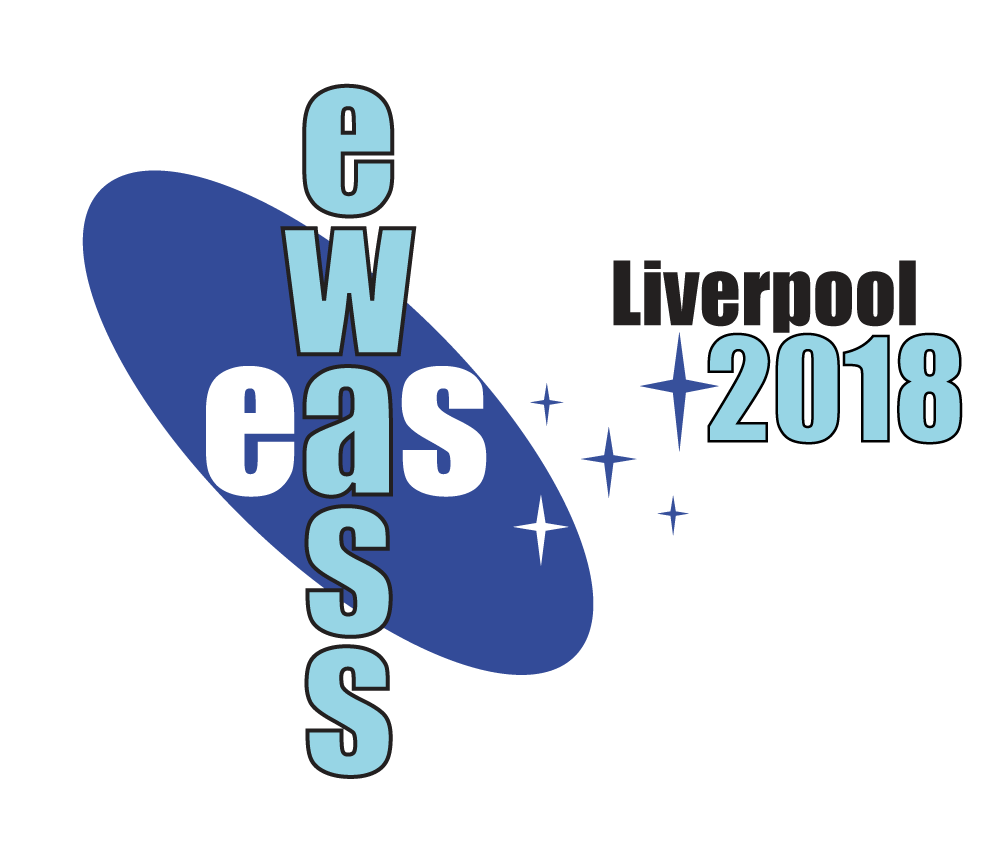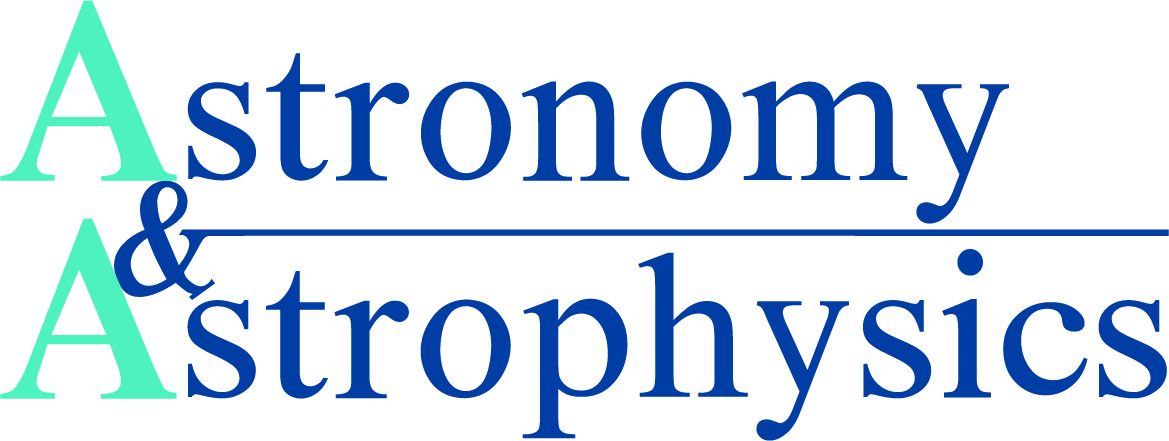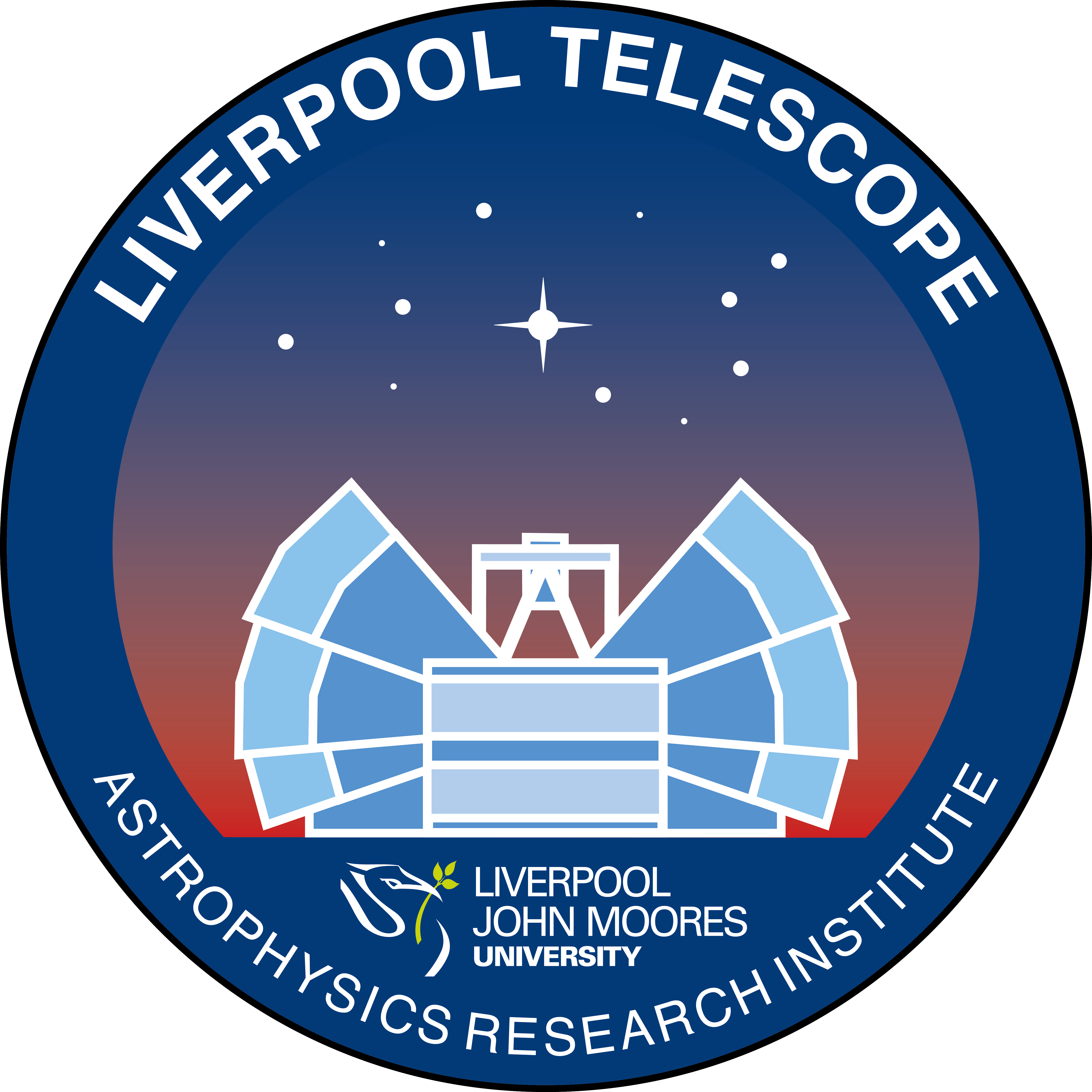Special Session SS14
5 April 2018
Gamma-ray bursts, hypernovae, and superluminous supernovae: energetic cosmic explosions 20 years after SN 1998bw
Aims and scope
Twenty years ago, the association between gamma-ray burst (GRB) 980425 and supernova (SN) 1998bw provided the first incontrovertible evidence that GRBs and high-velocity Ic SNe (sometimes termed "hypernovae") originate from a common progenitor. Recent events have only deepened the mystery underlying these extreme explosions: hydrogen-free superluminous supernovae (SLSNe), discovered only in the past decade but now being found in abundance by new generations of wide-field surveys, are more luminous than SN 1998bw by an order of magnitude but evolve to spectroscopically resemble it at late times. And intriguingly, one recent event (GRB 111209A, associated with SN 2011kl) suggests that there may even be a direct connection between some GRBs and SLSNe.
These events (GRBs, SLSNe, and high-velocity hypernovae) show other similarities: they are very energetic, their progenitors manage to rid themselves of hydrogen before explosion, and they are rare cosmologically but preferentially found in low-metallicity dwarf galaxies. In spite of all this progress, fundamental questions remain. How do any of these classes of event form? What central engine actually powers them? How do they relate to "ordinary" type Ic supernovae? What is the influence of the environment and the role of metallicity?
On the 20th anniversary of the discovery of SN1998bw, it is time for the two communities of GRBs and SNe to meet in a joint effort to address these and other open questions in the field. This meeting aims to bring together scientists working in these fields to constrain the physical picture connecting GRBs, hypernovae and SLSNe and prepare for the forthcoming decade of multimessenger astronomy and wide-field time-domain surveys at all wavelengths.
Poster submissions will be accepted, and contributions not selected for an oral presentation will be considered for a poster presentation instead.
Programme
- models and observations of long GRBs and their connection with high-velocity hypernovae (including a talk celebrating the 20th anniversary of the GRB-SN connection);
- models and observations of SLSNe;
- progenitors, host galaxies and local environment of long GRBs and SLSNe.
Invited speakers
- J.Chen (MPE, Germany): host and local environment of SLSNe
- S.deMink (UvA, Netherlands): progenitor modeling of stellar explosions
- P.Mazzali (LJMU, United Kingdom): what powers long GRBs and SLSNe?
- M.Modjaz (New York Univ., USA): differences between SLSNe and SNe Ibc
- M.Nicholl (CfA Harvard, USA): observational properties of SLSNe
- E.Pian (Scuola Normale Superiore, Italy): GRB 980425 and SN 1998bw, the dawn of GRB/SN connection
- S.Vergani (GEPI, France): host and local environment of long GRB
Scientific organisers
M.G.Bernardini (LUPM, France) - co-chair,
P.D'Avanzo (INAF-OAB, Italy) - co-chair,
S.Benetti (INAF-OAPd, Italy),
M.Branchesi (Univ. Urbino, Italy),
J.Fynbo (DARK/NBI, Denmark),
A.Gomboc (Univ. Nova Gorica, Slovenia),
D.Perley (LJMU, United Kingdom),
P.Schady (MPE, Germany),
S.Smartt (Queen's Univ. Belfast, United Kingdom)
Contact
M.G.Bernardini: bernardini @ lupm.in2p3.fr
Updated on Mon Jan 08 15:36:13 CET 2018
|

 A power cut will shut down all EAS services on Tuesday, 10 January 2017 starting at 7:30 CET.
A power cut will shut down all EAS services on Tuesday, 10 January 2017 starting at 7:30 CET.



























